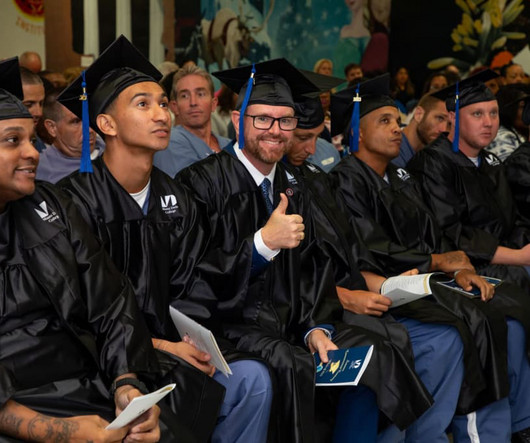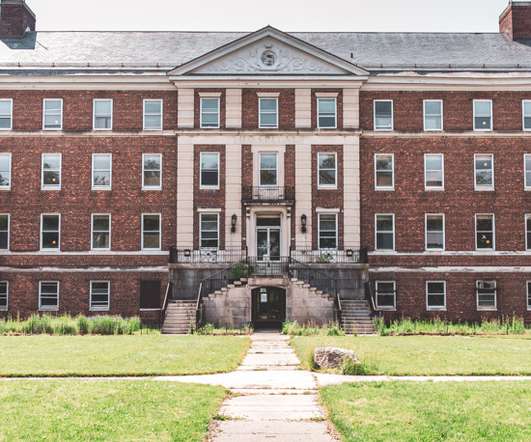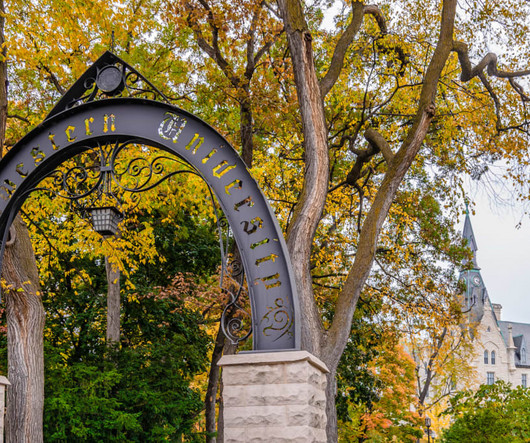Formerly Incarcerated Man Earns Degree After Decades-Long Fight for Education Behind Bars
BestColleges
NOVEMBER 29, 2023
As a “lifer,” Fordham wasn't eligible to participate in prison education programs, but he fought back and earned a diploma, vocational certificates, and an associate degree from Miami Dade College. He received his associate degree with 18 other graduates, all of whom wore caps and gowns over their prison uniforms.


















Let's personalize your content